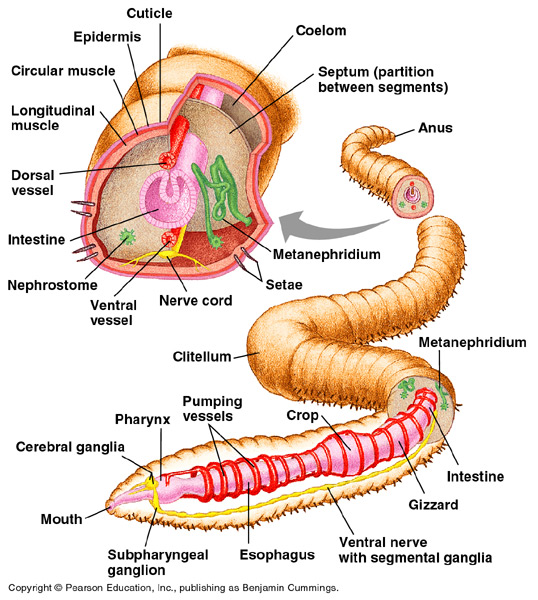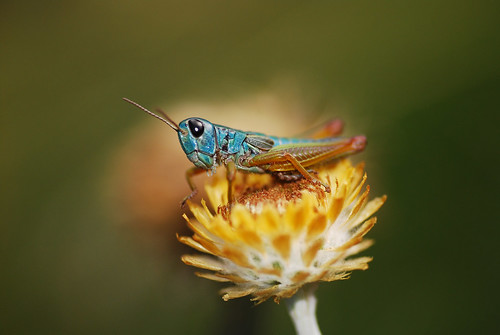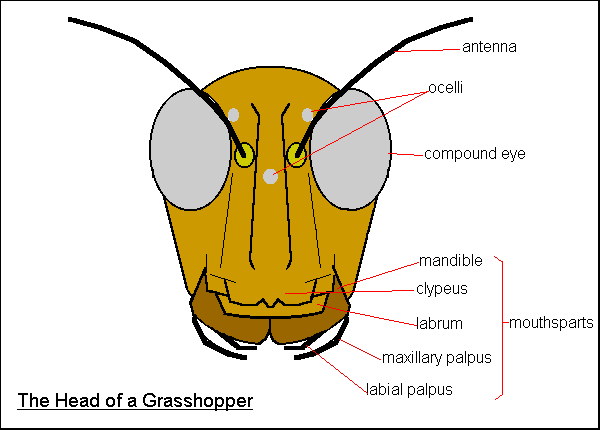This morning, we went over some research articles about the species we studied last week.
For earthworms, we talked about this paper. Basically, the authors did a meta analysis, which means they read and analyzed a LOT of research papers by other people and combined all of the data from all the papers to see if interesting information becomes clear. What they were looking at was how sensitive different earthworm species are to environmental pesticides. From this information, future studies can choose a more sensitive species to look at. People use a variety of species to study the effects of pesticides and other chemicals on living things, hopefully so we can stop using pesticides that are killing other life forms.
For sea stars, we discussed a very exciting paper called "Predator Crown-of-Thorns Starfish (Acanthaster planci) Outbreak, Mass Mortality of Corals, and Cascading Effects on Reef Fish and Benthic Communities", which is about how the Crown-of-Thorns sea star has been going around killing off lots and lots of coral, basically destroying whole reefs in a short period of time. Then there are other effects on animals that depend on the reefs, so a lot of problems follow.
A similarly interesting article we read about crayfish was examining the problem of "crayfish plague". It turns out this is a water mold, and when the scientists who wrote this article infected crayfish with the mold, they found that crayfish died often within three days, and the number of spores that could be released from a dead or dying crayfish could be over 3 million!! We wondered if any of the crayfish we were examining might have this mold, called Aphanomyces astaci.
For grasshoppers, we talked about how some species can change color. In this article, they somehow got the grasshoppers to change from black to turquoise and looked to see if that resulted in temperature changes. They were wondering if the color change was for keeping warm or changing body temperature. They found that it didn't make a big difference in temperature, so they're still not sure why the grasshoppers change color.
Then we discussed the phylum Arthropoda, because both crayfish and grasshoppers are arthropods. Insects, arachnids, and crustaceans are the main arthropods we know, and they all have a protective exoskeleton and jointed appendages. Wikipedia says they are like Swiss Army knives, they can do all sorts of things. There are over a million described species, and make up more than 80% of all described living animal species, and they range in size from microscopic (often called plankton) to a few meters.
Arthropods have open circulatory systems (hearts but not blood vessels), and their organs are often built in repeated segments. Their nervous system has paired ventral nerve cords and paired ganglia in each segment, with a fusion of ganglia in the head as a brain. Many have compound eyes, which are made of many little cells that each see a little bit. Many also have simple eyes called ocelli, that are like the eyespots we saw on the planaria.
Reproduction is by internal fertilization, or external for some aquatic species, and almost all lay eggs. I read that scorpion eggs hatch inside the mother, so in a way they have live birth, though it sounds gross! Here's a page about emperor scorpions born at the Cincinnati zoo. The photos are cool but creepy. Scientists used to think that arthropods were related to earthworms because of their segmentation, but DNA analysis has shown that not to be true. Lastly, arthropods replace their exoskeleton by moulting. Here is a video of a crayfish moulting.
Crayfish are freshwater crustaceans (subphylum Crustacea), and they breathe through gills. They cannot tolerate polluted water, and the oldest found in the fossil record are 115 million years old. They have up to 20 body segments grouped into 2 main body parts: the cephalothorax and the abdomen. They have five pairs of walking legs, but the first pair are very large, have pincers on them and are called chelipeds. It turns out the tail parts are what let the crayfish swim backwards. Many crayfish suffer from crayfish plague, described above.
Grasshoppers are in the subphylum Hexapoda (six-legged arthropods) and the class Insecta, and their three main body parts are the head, thorax, and abdomen. They have short antennae, and some make noise by rubbing their hind femurs against their forewings or abdomen. There are two pairs of wings, but the front ones are not for flight. They have five eyes: two compound eyes and three simple eyes. Females are larger than males, and their blood is green because it doesn't carry oxygen. Respiration happens through spiracles, and the digestive system includes the crop, which stores food. People eat grasshoppers in Mexico, China, Africa, and the Middle East, but they should never eat them raw because you could get tapeworms. Swarming grasshoppers are called locusts.





No comments:
Post a Comment